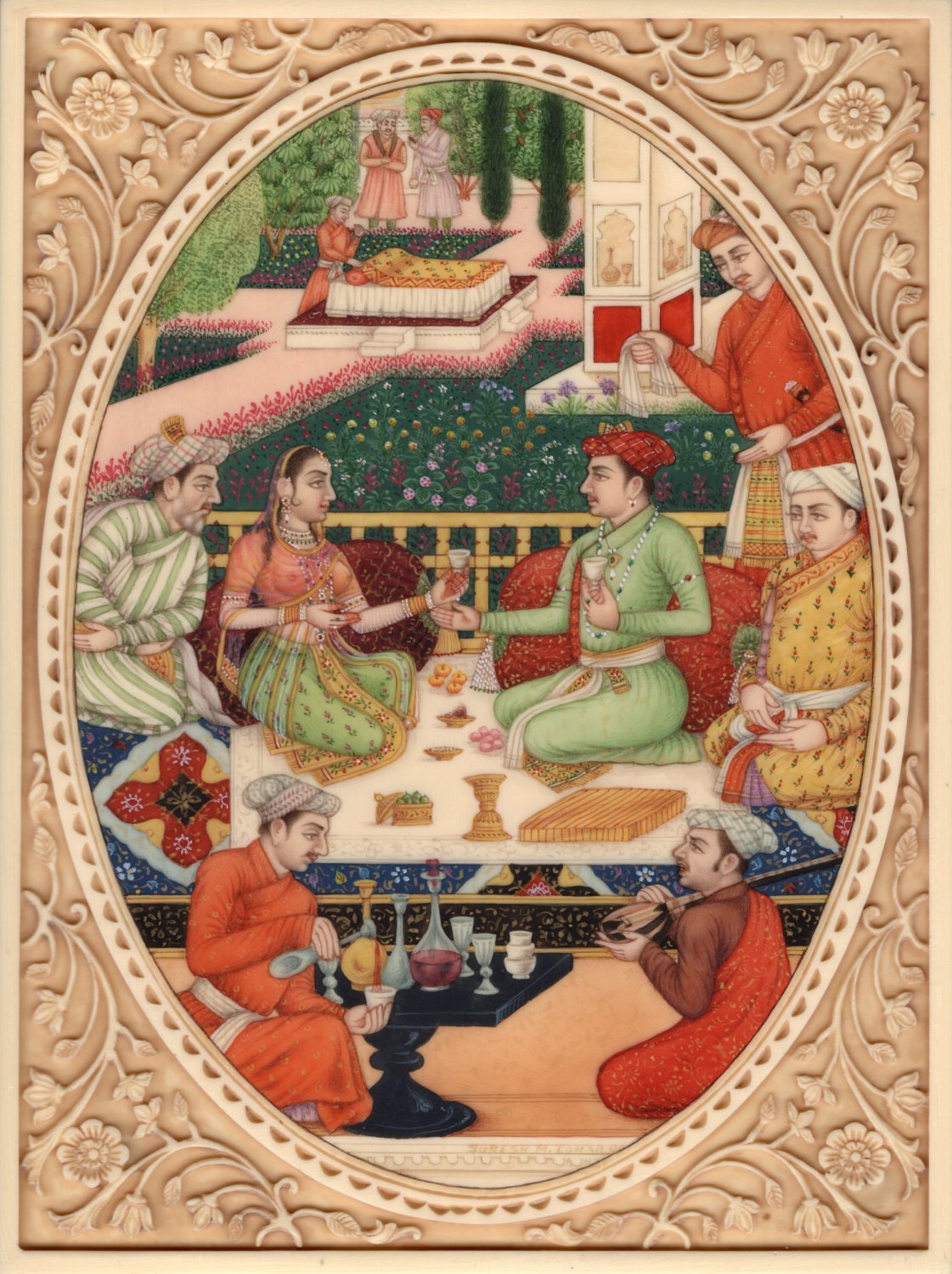The term "mogul" finds its etymological roots in the Mughal Empire, emergent in the mid-16th century. The empire’s opulence and economic supremac
The term “mogul” finds its etymological roots in the Mughal Empire, emergent in the mid-16th century. The empire’s opulence and economic supremacy on a global scale are often overlooked, with historian William Dalrymple asserting that the Mughal Empire contributed to nearly a third of the world’s GDP at the height of its empire. The V&A’s exhibition serves as a resplendent homage to the empire’s artistic and architectural traditions. Curated by Susan Stronge, “The Great Mughals” traces the lineage of the empire by anchoring the exhibition on three sovereigns: Akbar, Jehangir, and Shah Jahan. This exhibition, on display until May 5th, stands as a paragon of cultural hybridity, illuminating the artistic syncretism that flourished across present-day India and Pakistan.
While contemporary art is frequently interpreted as an act of resistance against political structures, the Mughal era narrates an alternative discourse. Stronge describes the ‘institutionalisation’ of art under Akbar’s patronage, wherein imperial-sponsored workshops produced an extraordinary artistic efflorescence. Despite being illiterate, Akbar demonstrated a profound appreciation for the visual arts, fostering an environment where illuminated manuscripts flourished. The court became a confluence of diverse artistic traditions, with Hindu and Muslim artisans collaborating alongside émigré artists influenced by Persian aesthetics. European influence permeated Mughal artistic production, as evidenced by the inclusion of Dürer’s woodcuts and miniatures depicting foreigners in India. The exhibition highlights the breadth of influences, from Portuguese merchants in Goa to a painting titled “A Muslim Pilgrim Learns a Lesson in Piety from a Brahmin” and Sufi-inspired tiles from Lahore. This intermingling of artistic traditions underscores the Mughal Empire’s role as a cultural nexus, where cross-cultural exchanges flourished and new artistic vocabularies emerged.
The art of the Mughals can be viewed as a means to re-examine traditional hierarchies regarding fine and decorative art. The intricate jewelled daggers, ewers, and other exquisitely wrought utilitarian objects engage with both the functional and the aesthetic. The exhibition includes over 200 extraordinary artifacts drawn from an array of collections, including the Al-Sabah Collection in Kuwait, the V&A’s collection, and a sword purportedly wielded by Jehangir, a prized possession of King Charles. The exhibition places a significant emphasis on the opulence of Mughal jewelry, epitomized by Jehangir’s gold-hilted dagger and scabbard. These objects are more than direct displays of the empire’s grandeur, exemplifying the extraordinary craftsmanship of its artisans. The section dedicated to Shah Jahan inevitably draws attention to the empire’s greatest architectural masterpiece: the Taj Mahal. Though the monument itself has no place in South Kensington, a virtual representation stands in its place, complemented by the artifacts that seek to contextualize its magnificence.
Exhibitions centered on empires frequently adopt narratives influenced by political, social, or economic discourses. However, Stronge’s curation presents a departure from this tendency, allowing the art itself to dictate the narrative. As visitors take their leave, they are met with a farewell, encapsulated in the immortal words of the 13th-century poet Amir Khusrow: “If there is Paradise on Earth, it is here, it is here, it is here.”
